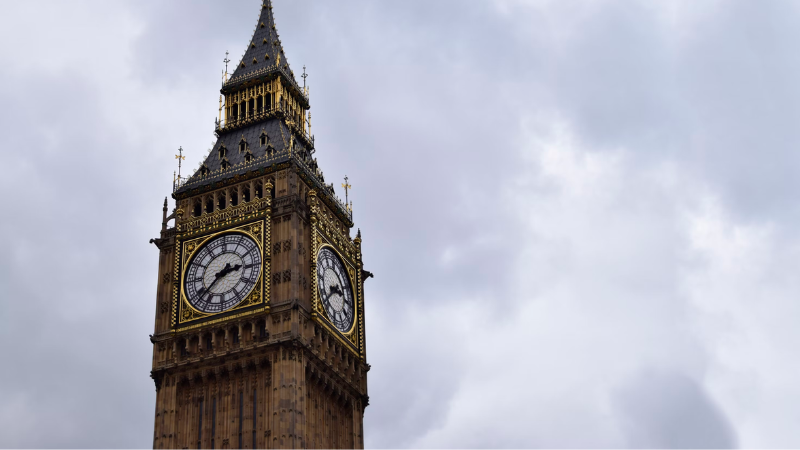Bats are fascinating and vital components of England’s biodiversity. Despite being surrounded by myths and misconceptions, these nocturnal creatures play crucial roles in our ecosystems, particularly in pest control and pollination. Recognizing their importance, England has implemented various measures to protect bat populations.
This article highlights the significance of bats, the threats they face, and the legal frameworks in place to ensure their conservation.
The Importance of Bats
- Ecological Role: Bats are key players in maintaining balanced ecosystems. In England, insectivorous bats consume vast quantities of insects, including agricultural pests and mosquitoes, helping to control their populations naturally.
- Pollination and Seed Dispersal: While most of England’s bats are insectivores, in other parts of the world, bats are vital for pollination and seed dispersal. Their decline can have cascading effects on ecosystems and agriculture.
Species of Bats in England
England is home to 18 species of bats, including:
- Common Pipistrelle: The most widespread bat species, known for its adaptability to various environments, including urban areas.
- Brown Long-eared Bat: Recognized by its large ears, this bat prefers woodlands and is often found roosting in old buildings.
- Greater Horseshoe Bat: One of the rarer species, with a distinct nose shape, it is primarily found in the southwest of England.
Threats to Bat Populations
- Habitat Loss: Urbanization, deforestation, and agricultural expansion have led to the destruction of roosting sites and foraging habitats.
- Pesticides: The use of pesticides reduces the availability of insects for bats to feed on and can also lead to poisoning.
- Disturbance: Human activities, such as building renovations and caving, can disturb roosting bats, particularly during critical periods like hibernation and maternity.
- Climate Change: Changing weather patterns affect the availability of food and suitable habitats, posing long-term threats to bat populations.
Legal Protection for Bats
In recognition of these threats, bats and their habitats are protected under various laws and regulations in England:
- The Wildlife and Countryside Act 1981: This act makes it illegal to intentionally kill, injure, or capture bats. It also prohibits the disturbance of bats in their roosts, and the destruction of roosting sites, whether or not bats are present.
- The Conservation of Habitats and Species Regulations 2017: This legislation transposes the European Union’s Habitats Directive into UK law, offering strict protection to bat species and their habitats.
- The Countryside and Rights of Way Act 2000 (CRoW): This act strengthens the protection of wildlife habitats and provides additional safeguards for Sites of Special Scientific Interest (SSSIs), many of which are important for bats.
Conservation Efforts and Initiatives
- Bat Conservation Trust (BCT): The BCT is a leading organization dedicated to the conservation of bats and their habitats in the UK. They engage in research, public education, and policy advocacy to protect bat populations.
- National Bat Monitoring Programme: Coordinated by the BCT, this programme involves volunteers in monitoring bat populations across the UK, providing valuable data on trends and informing conservation strategies.
- Roost Mitigation: In cases where development impacts bat roosts, mitigation measures such as the creation of new roost sites, habitat enhancement, and the installation of bat boxes are implemented.
- Public Education: Raising awareness about the importance of bats and their protection is crucial. Various initiatives aim to educate the public and dispel myths about bats, promoting coexistence and conservation.
Practical Steps for Individuals
Individuals can play a vital role in bat conservation by:
- Creating Bat-Friendly Gardens: Planting night-scented flowers, installing ponds, and reducing pesticide use can attract insects—providing food for bats.
- Installing Bat Boxes: Providing artificial roosting sites and bat boxes can help support local bat populations, particularly in areas where natural roosts are scarce.
- Reporting Roosts: Reporting bat roosts to local conservation organizations helps in monitoring and protecting these important sites.
- Supporting Conservation Groups: Volunteering with or donating to organizations like the Bat Conservation Trust can directly contribute to bat conservation efforts.
Conclusion
Bats are indispensable to England’s natural heritage, contributing to the health of ecosystems and providing natural pest control. However, they face numerous threats that require concerted conservation efforts. Through legal protections, conservation initiatives, and public engagement, significant strides are being made to ensure the survival of these remarkable creatures. By understanding and supporting these efforts, we can help safeguard bat populations for future generations.




